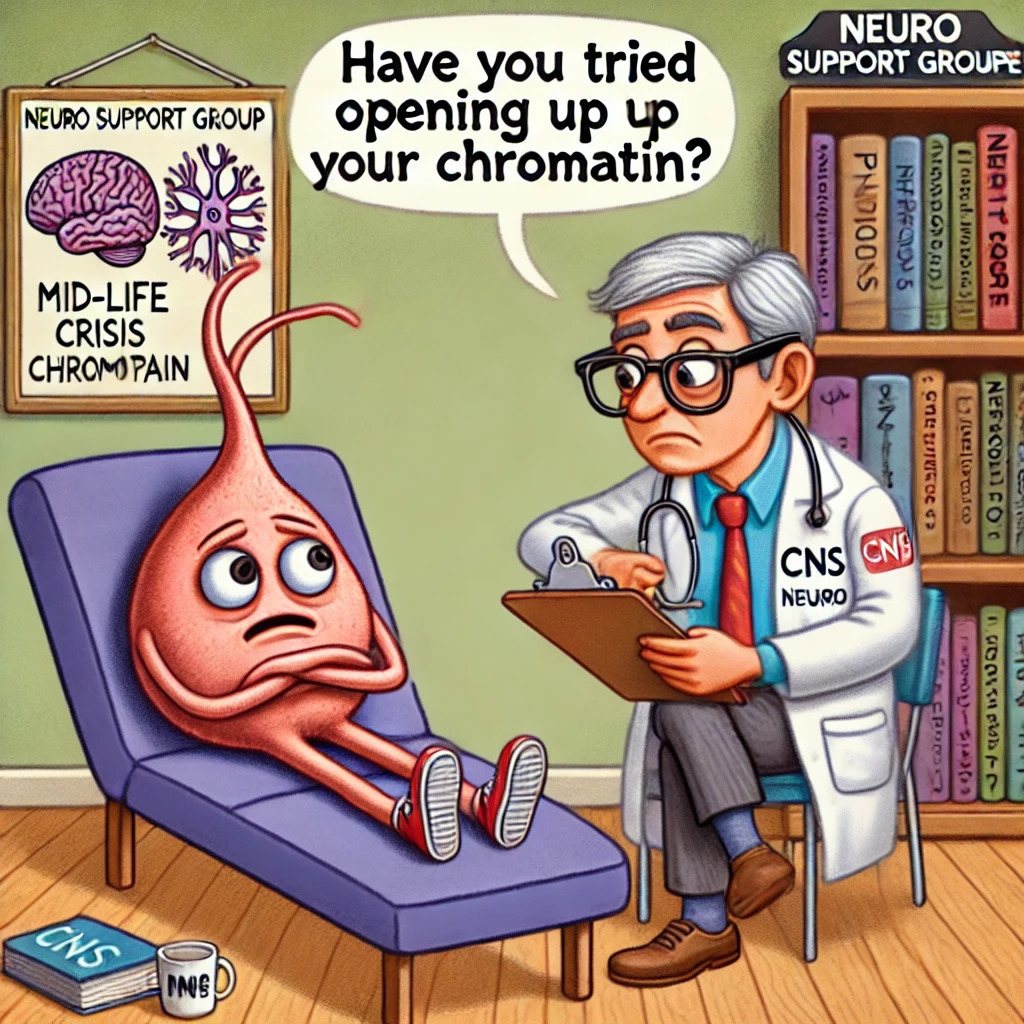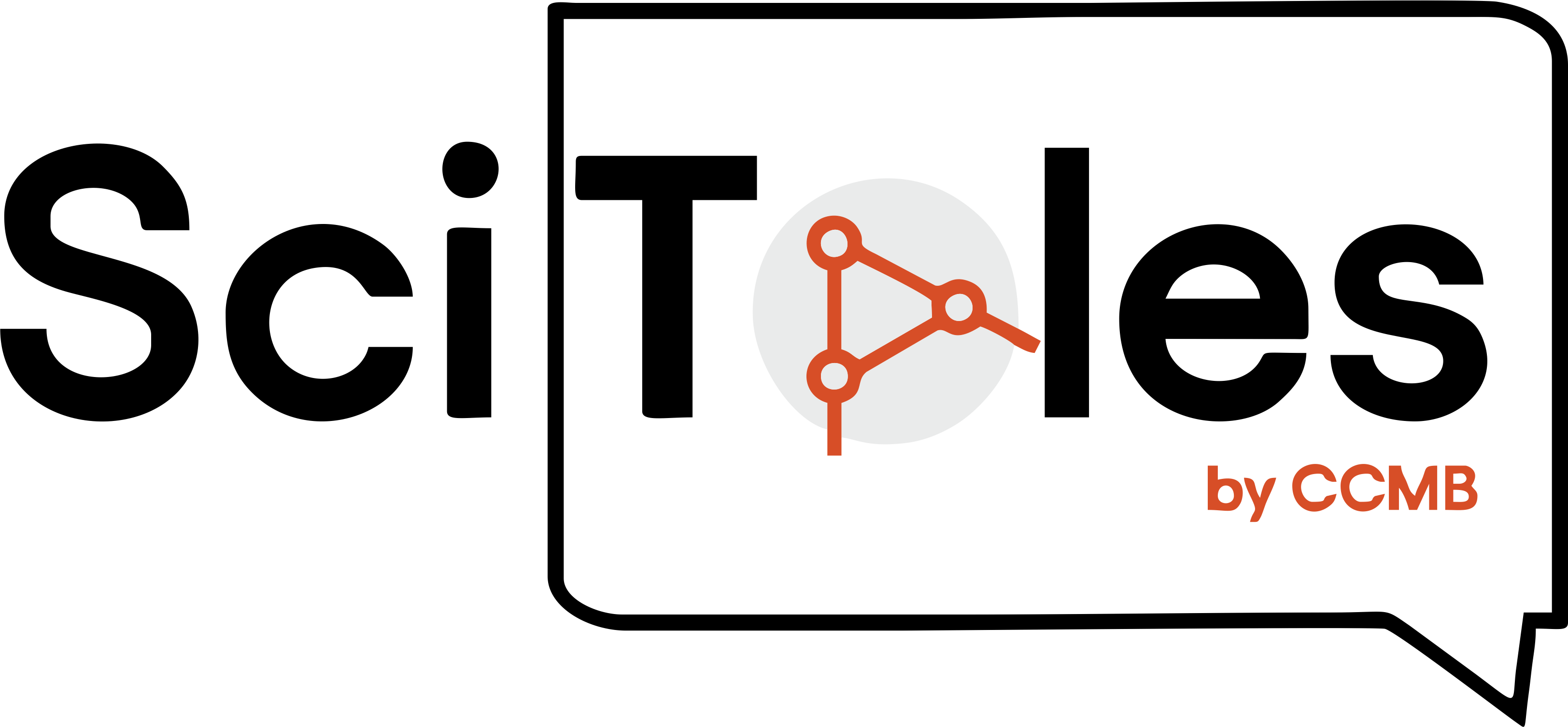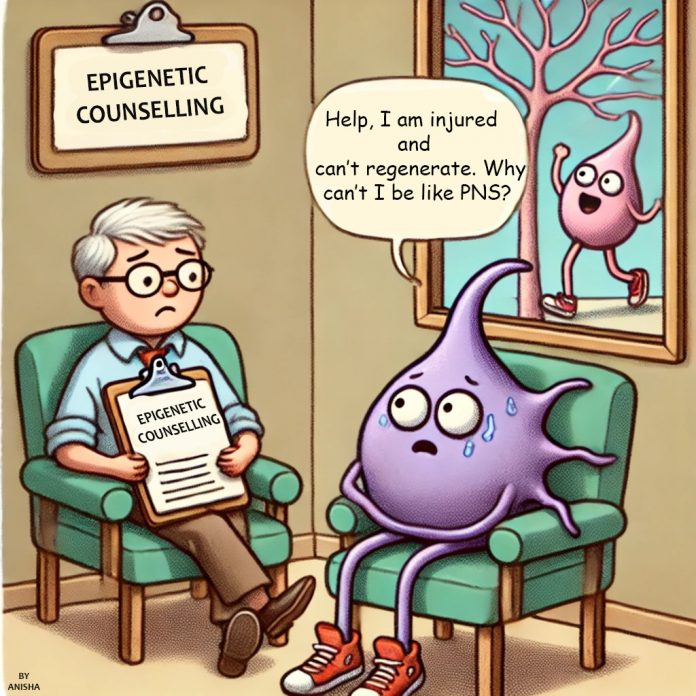Resilience is a word we hear often, especially in scientific circles. It’s touted as a virtue, a shield to carry us through struggles in the lab, the field, or any intellectual pursuit. “If something doesn’t work, learn from it and move on,” they say. But is resilience truly that simple? For scientists, the stakes are higher. Mistakes are not just lessons—they’re time lost, grants questioned, and reputations scrutinized. When an experiment fails repeatedly (and the only thing regenerating is stress), resilience can feel more like a myth than a virtue.
Resilience, I realized, is a two-way street. It is both an individual trait and a collective effort. While internal strength helps us push forward, the support and constructive guidance of those around us shapes how effectively we recover. This realization wasn’t just philosophical; it began to reflect in my work as I delved deeper into understanding how resilience functions—not only in humans but also in neurons.
As someone deeply invested in central nervous system (CNS) regeneration research, I often wonder if neurons experience the same frustration. CNS neurons, which make up the brain and spinal cord, are remarkably resistant to regeneration after injury. Peripheral nervous system (PNS) neurons (that form the nerves throughout your body, including those in your limbs and organs), on the other hand, can repair themselves, like when you get a cut while trying new recipes. But, CNS neurons don’t have a similar capacity to regenerate after a spinal cord injury. This lack of regeneration has puzzled scientists for over a century.
In the late 19th century, Santiago Ramón y Cajal, often called the father of neuroscience, observed that while PNS neurons could regenerate, CNS neurons seemed to lose their ability to grow after reaching adulthood. This discovery led to a long-standing question: why do CNS neurons struggle to regenerate?
The answer lies in both internal regulation and external inhibitors.
Inside every CNS neuron is a highly regulated molecular network. At the heart of it all are command proteins, called transcription factors, that need to switch on the growth machinery. However, they require access to specific genes responsible for regeneration. This is where chromatin, the tightly packed structure of DNA and proteins, plays a crucial role.
Chromatin can exist in an open (accessible for transcription factors) or closed state (tightly packed, preventing transcription factors binding). In young neurons, chromatin is more open, allowing transcription factors to activate genes necessary for growth. However, as neurons mature, chromatin becomes more restrictive, blocking access to these genes. Essentially, neurons lose their ability to activate their own regenerative potential.
Scientists are working to modify chromatin accessibility to overcome this challenge. One approach involves using genetic tools to relax chromatin, making the necessary genes more accessible for transcription. This process allows transcription factors to initiate the regeneration program, potentially restoring the growth capability of adult CNS neurons.

PC: AI-generated, script by Anisha Menon
Even if CNS neurons manage to reactivate their growth mechanisms, their environment presents another major challenge. After an injury, the CNS forms a glial scar—a barricade of cells like microglia and astrocytes. While this scar stabilizes the damaged area, it also acts as a physical and chemical barrier to regeneration.
These glial scars release inhibitory signals that further discourage regrowth. Imagine trying to concentrate while your neighbours blast loud music—except, in this case, the noise actively prevents neurons from reconnecting.
This is all the more reason why I relate to CNS neurons. Much like human resilience, neuronal recovery isn’t just about overcoming immediate damage—it’s influenced by the surrounding environment, including supportive signals or inhibitory factors from neighbouring cells. It’s all down to what happens inside the neurons and the environment they inhabit. The same holds true for many researchers who struggle to move past their mistakes, weighed down by infinite self-blame and the judgments of colleagues. Progress, for neurons and for scientists, depends on these two factors. This brings me back to my question: is being resilient enough?
Like my CNS neurons, I’ve realized that resilience alone isn’t sufficient. We need boosts of confidence and support. Overexpression of self-confidence, courage, and strength can help us grow through challenges. Perhaps my CNS neurons could learn from this example—if they would just listen to my motivational speeches, the scientific community would have a much easier time with regeneration. (Trust me, I’ve tried giving them pep talks under the microscope, but they’re not interested.)
This highlights a crucial truth: resilience isn’t just about persistence—it’s about having the right support system. For neurons, it means unlocking chromatin barriers and reducing inhibitory signals. For scientists, it means having coffee, supportive colleagues, and maybe a few self-affirmations in the mirror.
So, will neurons grow through what they go through?
Maybe. One day. With enough breakthroughs, those stubborn CNS neurons might just get their act together and regenerate like their PNS cousins. Until then, I’ll keep working to unlock their potential while reminding myself to unlock my own.
Because if there’s one thing neurons and humans have in common, it’s this: growth is hard. But with a little humour, some science, and a lot of patience, we might just get there.


